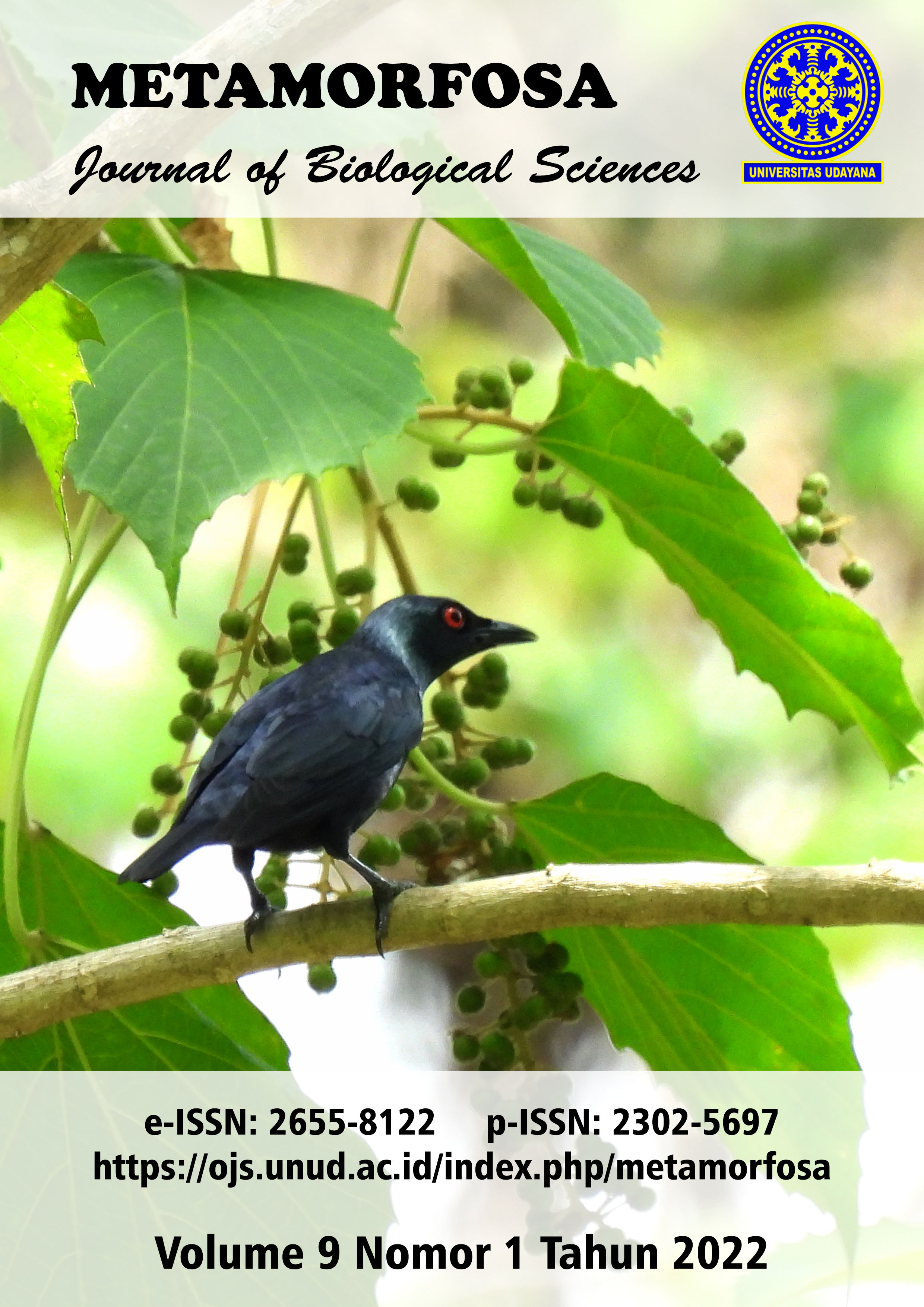Artikel Interspecies Cross Compatibility and Reciprocal Test in Dendrobium Orchid
Uji Kompatibilitas Persilangan Interspesies dan Resiprok Anggrek Dendrobium
Abstract
The compatibility of a cross is indicated by the formation of fruit. The compatibility of an interspecies cross or a cross between different orchid species is used to increase diversity. To compare and determine the power of compatibility, it is necessary to cross back and forth (reciprocal). The purpose of this study was to determine the compatible crosses between interspecies and reciprocals of Dendrobium orchids and to observe the growth of fruit from these crosses. The research procedure was to cross pollen on one orchid flower species to the stigma of another orchid species, then the variables observed were the time of fruit formation (days after pollination / DAP), sepal and petal wilting day (DAP), fruit length and diameter (cm) for two days. months of observation, cross compatibility, and fruit/flower fall. The data obtained were analyzed using quantitative descriptive analysis. The results of this study showed that the sepal and petal wilting days varied from 10-22 days. Formation of fruit from day 7-16. Days of fruit formation vary greatly depending on the species crossed. The shape of the fruit is determined by the female parent, while the size of the fruit depends on the nutrients contained in the plant. The compatibility of this cross is 75% and it can be said that the breeds used are compatible.
Keywords: Crosses, Interspecies, Reciproc, Dendrobium, Compatibility.





